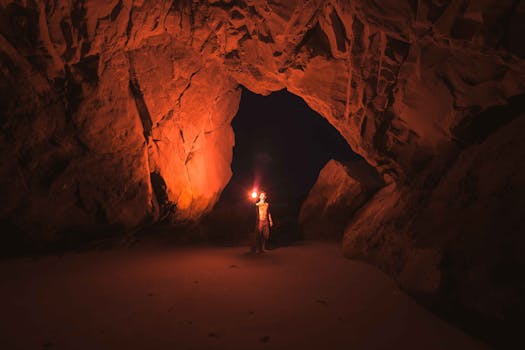
“
Introduction to the Cosmos
From Stardust to Dreams: Imagining Life Beyond the Stars is a journey through the vast expanse of the universe, exploring the mysteries of the cosmos and the possibilities of life beyond our planet. As we gaze up at the stars, we are reminded of the infinite possibilities that lie beyond our world. The focus keyword, From Stardust to Dreams, encapsulates the essence of this journey, where we delve into the unknown, sparked by the imagination and curiosity that have defined human progress.
The Origins of Our Universe
The universe began as a singularity, an infinitely hot and dense point, around 13.8 billion years ago. This singularity expanded rapidly, and as it did, it cooled and formed subatomic particles, atoms, and eventually the stars and galaxies we see today. The elements necessary for life, such as carbon, oxygen, and iron, were forged in the hearts of these stars. When stars die, they explode in supernovae, scattering these elements across the universe, where they can eventually become part of new stars, planets, and potentially, life forms. This cycle of creation and destruction is at the heart of our understanding of the cosmos and our place within it.
Imagining Life Beyond Earth
The discovery of exoplanets, planets that orbit stars other than the Sun, has opened up new avenues for the search for life beyond Earth. With thousands of exoplanets discovered so far, the possibility of finding one that harbors life, whether intelligent or microbial, is becoming increasingly plausible. The search for biosignatures, signs of biological activity in the atmospheres of these planets, is an active area of research, with scientists using space telescopes and other technologies to analyze the light coming from these planets for signs of life. For more on the role of imagination in this search, check out Soaring Through the Cosmos: The Power of Imagination Beyond the Stars.
Exploring the Frontiers of Space and Time
As we continue to explore the universe, we are constantly reminded of the vastness of space and time. The distances between stars and galaxies are so great that even at high speeds, such as those achieved by spacecraft, it would take many years to reach the nearest star outside of our solar system. The exploration of space, therefore, requires not only technological advancements but also a deep understanding of the laws of physics and the nature of time itself.
The Power of Imagination in Space Exploration
Imagination has played a crucial role in the exploration of space. From the early science fiction writers who envisioned humans traveling to the moon and beyond, to the scientists and engineers who turn these visions into reality, imagination has driven innovation and progress. As we look to the future, imagining what life could be like on other planets, or how we might communicate with extraterrestrial life, inspires new generations to pursue careers in science, technology, engineering, and mathematics (STEM) and to dream big about the possibilities of space exploration. To delve deeper into this theme, explore Cosmic Creativity: How Imagination Soars Beyond the Constellations.
Takeaways from Our Cosmic Journey
- The universe is vast and full of mysteries waiting to be unraveled.
- The elements necessary for life were forged in the hearts of stars.
- The search for life beyond Earth is an active and promising area of research.
- Imagination and curiosity are key drivers of human progress in understanding the cosmos.



